News of greed, destruction, war and violence surrounds us. Each day brings unending reports of power struggles around the world. Hope is stunted and apathy becomes an epidemic. But in Southwestern Utah, north of Kanab, positive energy fills an oasis in the desert. A site of extraordinary beauty, one feels an overwhelming sense of peace and harmony. Nestled in the red rock canyons, amongst the junipers and pinyons, is a haven for animal lovers and homeless pets where kindness and compassion are second nature. At Best Friends Animal Sanctuary, a “Kindness Revolution” has been unleashed as a reminder that the first step toward a better society begins with each of us.
Seven years ago, I heard about a group of people working hard to give homeless pets a second chance at caring, loving homes. I was told that, amazingly, visitors were welcomed to visit and even encouraged to help exercise and care for the animals. Most astounding of all, these pioneers held a strict, no-kill philosophy–a concept on the fringes at that time, but now accepted as a viable and positive alternative.
Traditional shelters and pounds hold animals for a specific period of time and, if no home is found, the animals are killed. At Best Friends, a commitment is made to the homeless animals, and they are loved, treasured, and cared for until they find a new home or until they pass away naturally. Tired of hearing about healthy animals meeting death prematurely at local shelters, I was intrigued that these folks would center their entire purpose on making the world kinder to animals. I looked forward to making the trip from my home in Illinois to see this miracle for myself.
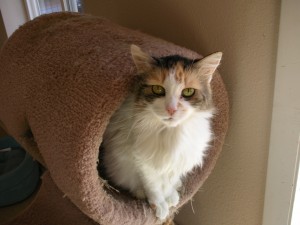 In the meantime, I visited the website (www.bestfriends.org) to learn more. I also read Best Friends: The True Story of the World’s Most Beloved Animal Sanctuary by Samantha Glen. The book tells of several friends who pooled their resources in the ‘70s to create an animal rescue ranch in Arizona. When they outgrew their facility, a quest began for a new place to settle. In 1982, Francis Battista was traveling to Salt Lake City and passed through Kanab. As he gazed on an area for sale just outside of town, he sensed that this was where the group’s dreams could come true. The founders of Best Friends sought to create a place where homeless animals would be honored and cared for–free of suffering, abuse and cruelty. In time, their vision would become a reality.
In the meantime, I visited the website (www.bestfriends.org) to learn more. I also read Best Friends: The True Story of the World’s Most Beloved Animal Sanctuary by Samantha Glen. The book tells of several friends who pooled their resources in the ‘70s to create an animal rescue ranch in Arizona. When they outgrew their facility, a quest began for a new place to settle. In 1982, Francis Battista was traveling to Salt Lake City and passed through Kanab. As he gazed on an area for sale just outside of town, he sensed that this was where the group’s dreams could come true. The founders of Best Friends sought to create a place where homeless animals would be honored and cared for–free of suffering, abuse and cruelty. In time, their vision would become a reality.
In 1984, the building began. Many trials and challenges filled the early days at the Sanctuary. Torrential rains, flash floods, mud slides, and desert heat—along with locals wary of strangers—made for a very rocky start. With perseverance, kindness, and the solid belief that their cause was true, the founders created a jewel at a place called Angel Canyon.
My Dream Trip
After months of patience and planning, I finally made the trip to Best Friends Animal Sanctuary. At the Welcome Center, I was surrounded by peace and beauty. The guided tour allowed the opportunity to visit with some of the 1500 animals living at the Sanctuary. All kinds of animals found a safe haven: cats, dogs, kittens, puppies, horses, bunnies, birds, goats—even potbellied pigs. Cyrus Meija introduced Dogtown, Cat World, the Bunny House, Feathered Friends, Wild Friends, and Horse Haven. He said that animals come from many situations, sometimes traveling hundreds of miles for a second chance at a happy life. Many find new homes through adoption, and others will live out their lives at “The Nation’s Largest Sanctuary”.
For five amazing days I helped care for the dogs of Octagon 3. I fell for a charming dog named Mortimer. We took many walks. Dogs lived in spacious indoor-outdoor, fenced areas complete with toys and individual beds. The placement of the dogs was very deliberate and well-monitored.
In Cat World, the residents were loose inside a large room filled with scratching posts, beds, and toys. Through a kitty door, they could 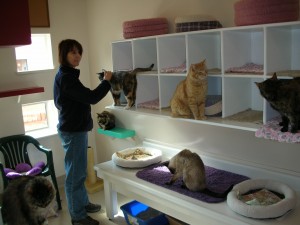 move to a screened outdoor enclosure for sunshine and fresh air. Separate facilities housed kittens, feral cats, and cats with special needs. At Benton’s House, quality care was provided to ALL the animals including Julius, an orange cat with neurological problems. He was safe and happy even though it wasn’t easy for him to get around. He didn’t walk in a straight line, but he didn’t give up. He would get where he was going–eventually. His tenacity and spunk brought inspiration to visitors.
move to a screened outdoor enclosure for sunshine and fresh air. Separate facilities housed kittens, feral cats, and cats with special needs. At Benton’s House, quality care was provided to ALL the animals including Julius, an orange cat with neurological problems. He was safe and happy even though it wasn’t easy for him to get around. He didn’t walk in a straight line, but he didn’t give up. He would get where he was going–eventually. His tenacity and spunk brought inspiration to visitors.
Caretakers made sure that the animals had all they needed to be comfortable. Abused animals were also given an opportunity for healing. In a typical “humane shelter”, administrative constraints would typically prevent such animals from a chance for survival. At Best Friends, these animals thrived.
I met others who treated animals with value and understood the priority of caring for them. I came to feel that, in reaching out to help the animals, we were ultimately helping ourselves connect with something much larger than ourselves. The experience showed me that traditional “animal shelter standards” could be transformed into guidelines for treating animals with respect and love until they are adopted.
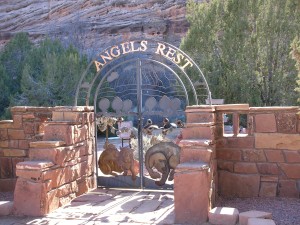 At Angel’s Rest, the final resting place for hundreds of beloved pets, a powerful tribute to the love between pets and their people exists. Scattered wind chimes provide soothing tones as visitors contemplate the happy memories they shared with their best friends.
At Angel’s Rest, the final resting place for hundreds of beloved pets, a powerful tribute to the love between pets and their people exists. Scattered wind chimes provide soothing tones as visitors contemplate the happy memories they shared with their best friends.
Completing my week was bittersweet, but visitors never totally leave. It was very easy to stay involved even long distance. Best Friends helps shelters, rescue groups, and individuals become more effective in their own backyard. Sharing knowledge and resources via online articles and forums allows more animals to be helped regardless of their location. When I came to Moab in 2002, I learned that Best Friends provided critical assistance to the fledgling Humane Society of Moab Valley through its No More Homeless Pets in Utah program. Thanks to the helping hand, the HSMV continues to give homeless pets of Moab a second chance at a happy life. To better reflect the sense of community its members embrace, the organization’s name was changed to Best Friends Animal Society. Founder Faith Maloney said, “It’s more than just a place; it’s a way of seeing the world.”
The Storm
Hurricane Katrina changed the lives of people who lived in the Gulf. The storm also touched hundreds of animals left behind when their people evacuated. Dogs, cats, and other animals were left with nowhere to turn. After surviving a terrifying storm, they found themselves surrounded by death and destruction. Their caretakers, food, water and shelter were mysteriously gone. Bewildered, the animals scraped out places of shelter in the rubble, drank the sometimes toxic water, and ate whatever they could to stay alive. Many were trapped in what had been their homes with no food, water or companionship. Others were prisoners on rooftops or ran the streets in higher areas. Gripped by the fear and chaos that accompanied the heat, the lack of nourishment, and the separation from their families, these animals were on their own.
Nationwide, animal lovers were dumbfounded by the lack of compassion and were pulled to the gulf to take action. In the absence of a government plan, the responsibility fell to individuals and animal welfare groups.
When the tsunami struck Sri Lanka in December 2004, “members of Best Friends stepped forward, compelled to help the animals victims of the devastating disaster,” according to Francis Battista, a founder of Best Friends. The response was extremely positive, he said.
Best Friends took stock of their resources and mobilized their staff and membership to aid the animal victims of Katrina. Paul Berry, Director of Operations and a New Orleans native, arrived the day after the hurricane to assess the situation. As the levees breached and the floodwaters rose, the situation went from bad to worse for people and animals. On September 2, 2005 at the compound of the St. Francis Animal Sanctuary in Tylertown Mississippi, Best Friends Animal Society made a stand for the displaced animal victims of the hurricane. They were the first animal welfare organization to hit the ground after Katrina.
Best Friends was flooded with phone calls and emails. Hundreds of volunteers arrived to help build dog runs, set up cat rooms, organize supplies, photograph animals, set up data entry tracking programs, and care for the animals. Many also were dispatched to the heart of the destruction to physically rescue the animals and bring them safely to the Tylertown. Said Berry, “…our lives are enriched by animals, and we have a duty and responsibility to care for them–not just an ethical obligation, but also a moral obligation. Creating a conduit for folks to come together to exercise their moral and ethical beliefs about animals is what Best Friends was trying to do.”
I joined the volunteers in early December, grateful for the opportunity to help care for the animals and assist the people. During my two week stay, approximately 500 dogs and 120 cats were housed on the grounds. The long days of physical work and standing didn’t faze us. The superb vegetarian meals gave us energy to complete our work. People showed one another kindness as we performed our daily duties in a very stripped-down living situation. With no television, electricity or personal space, everyone seemed content just to serve the animals.
Medical staff did what was necessary to help the injured animals heal physically, as well as emotionally. Veterinarians and techs volunteered their time to help repair broken bones, clean and stitch gashes, and medicate chemical burns. When the staff couldn’t address the trauma, animals were sent to other vet hospitals for care. Russ Mead, Best Friends staffer, said, “We were sending dogs to specialists–having them flown out. Some offsite vets would do it for free, and some wouldn’t, but to us it didn’t matter. Whatever the animals needed, the animals got.”
Pit bulls were a common breed of dog at Tylertown. Even with the chaos and devastation, the pits just craved attention and affection. Dallas was a big goofy pit who just wanted to have his head patted or his back scratched. He seemed to wonder where his people were and when he could go home. In other parts of the country, pit bulls are demonized by misguided forces. In Tylertown, pit bulls were treated with dignity and love. It was a welcomed contrast to the bloodbath in Denver, where laws mandate the destruction of pit bulls regardless of their good nature or temperament. Best Friends worked tirelessly to ensure that Dallas and his other pit friends had places to go.
After 14 days, it was time to leave. Working in harmony with other animal lovers to love and care for the animals and provide hope was an amazing experience. For 249 days, staffers and more than 1,000 volunteers fed, watered, poop-scooped, comforted and loved more than 3,300 animals. Other agencies were gone by the end of December. Best Friends stayed until all the animals in their charge were placed. Sherry Woodard, the Best Friends Dog Care Expert, was on site for an incredible 240 days, staying until the very end. On May 10, 2006, more than eight months after Katrina hit, the final 10 dogs were loaded and everyone headed back to Kanab.
Best Friends recently released an incredible book about the Katrina relief effort. “Not Left Behind: Rescuing the Pets of New Orleans” presents first-hand testimony of relentless rescuers and more than 150 stunning photographs. All the royalties from the book will go the Best Friends Rescue Fund.
As awareness of Best Friends grows, so does the number of its employees. 300+ staff members care for animals, provide technical and administrative support, greet visitors, purchase supplies, coordinate volunteers, staff the clinic, and more. A variety of opportunities exist for those who truly wish to share their skills and experiences for the benefit of the animals. George Scherer, Best Friends Human Resources Director, says that, “The salaries are competitive and the fringe benefits can’t be beaten. Many staff members can bring their pets to work.” Staff gathers daily to enjoy the incredible vegetarian lunches as well as each other’s company. Michael Mountain, President, says, “If you are looking to put something into Best Friends–if your passion is to really to do some good for the animals, the people who care about them, and help make a difference–then this is the place.”
Many working at Best Friends once held fast-paced, corporate jobs but longed for something more satisfying. Tammy Rolfe was a broker in Manhattan before coming to work at Best Friends. She was caregiver to my beloved Mortimer before he peacefully passed away. Cathie Myers went from teaching preschool to directing the cutting-edge Humane Education Program. Carla Davis was on the staff of a popular magazine before moving to Kanab. “I was looking for a simpler lifestyle and I found it at Best Friends.” Vacationing at Best Friends, she offered to write a few articles and was later recruited to work for the magazine. Davis couldn’t say no. Her family didn’t understand until they saw for themselves. The beauty of the Kanab area, along with the wonder of Best Friends, struck them.
Kanab is a small town of 4,000. It’s a slower pace but, for those joining the Best Friends staff each week, it’s a welcomed change. Job listings change regularly and are posted at: http://bestfriends.org/aboutus/employment/.
Looking to the Future
Best Friends’ popularity skyrocketed after the relief effort. When The Network (network.bestfriends.org) was launched, people flocked to participate in the online community. Members can get a smile from upbeat news, track animal-related legislation, and work together on rescue and transport efforts. Each state has a community and topic-based communities also abound. A dedicated band of volunteers and staff post and edit highlighted stories.
“We’re celebrating the precious relationship that people experience every day with their cat or dog or bird. It’s about love. If we teach kindness, mercy and compassion to children, we create an example. It’s so important that they see it. The world seems to be a hopeless place. People are checking out…becoming apathetic and overwhelmed. It’s crucial to start somewhere. Do something positive every day. If you can create positive effects for animals and each other, there’s hope for us all,” says Paul Berry.
Every day, more people are using their enthusiasm, knowledge, skills and resources to join the vision held by the Founders of Best Friends Animal Society. Staff members and volunteers at the Sanctuary, along with animal advocates around the world linked by The Network, are all a part of a world where kindness counts. The Kindness Revolution WILL turn the tide, making gentleness and kindness qualities for which to strive in our daily lives. The golden rule—to treat others (whether pets, people or other living things) as we ourselves would wish to be treated—is alive, well, and thriving in Angel Canyon.
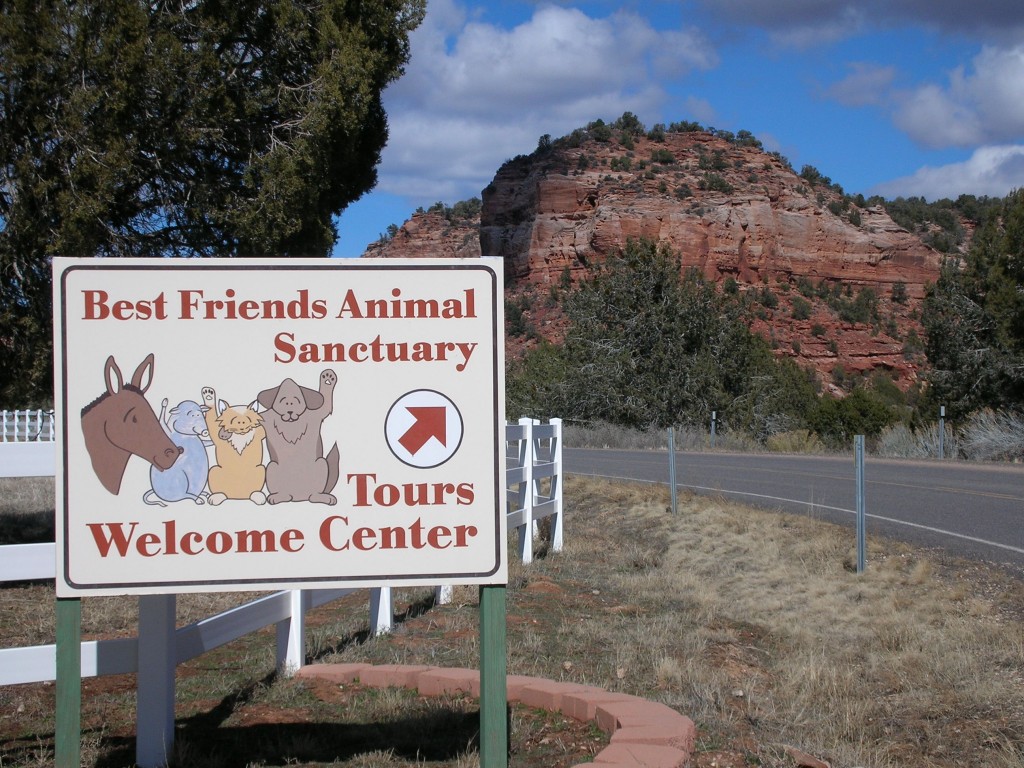
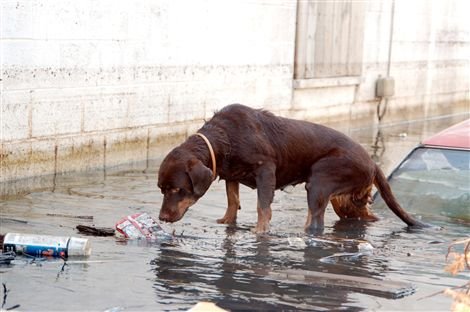
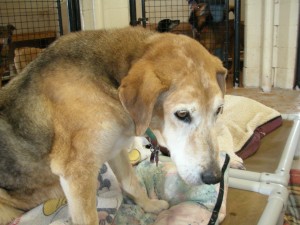
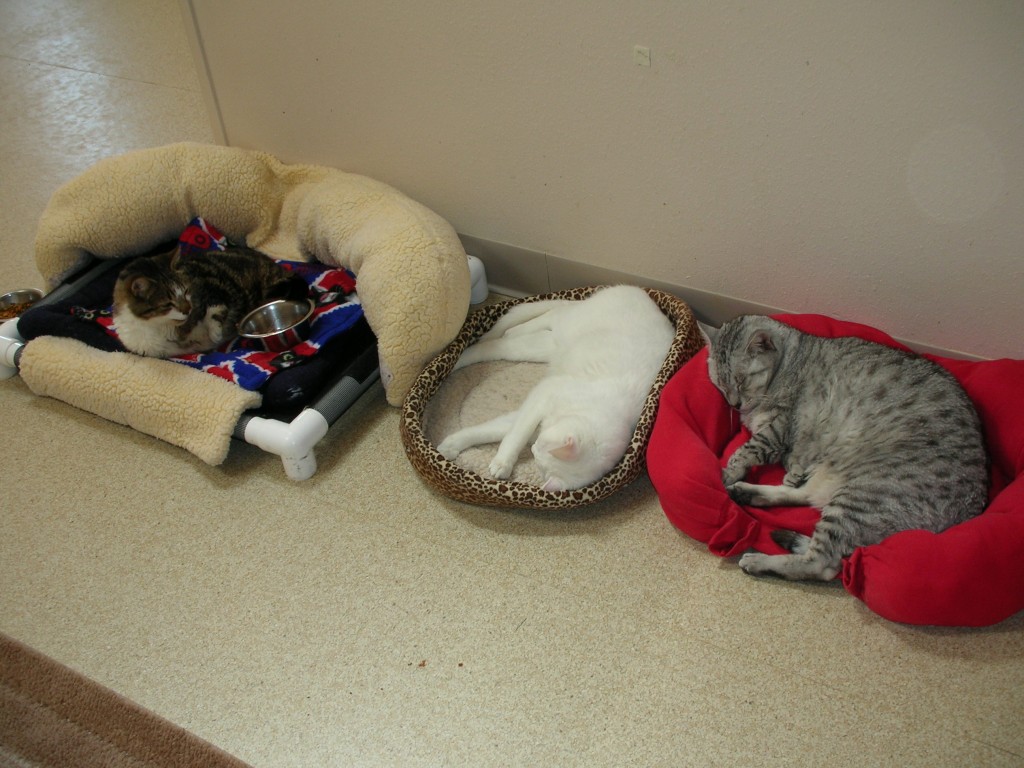
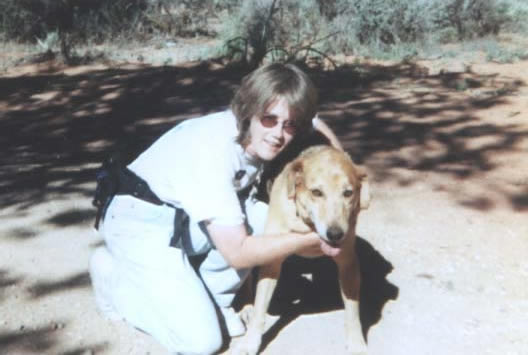
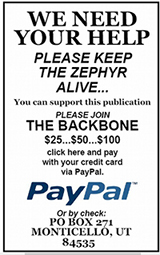

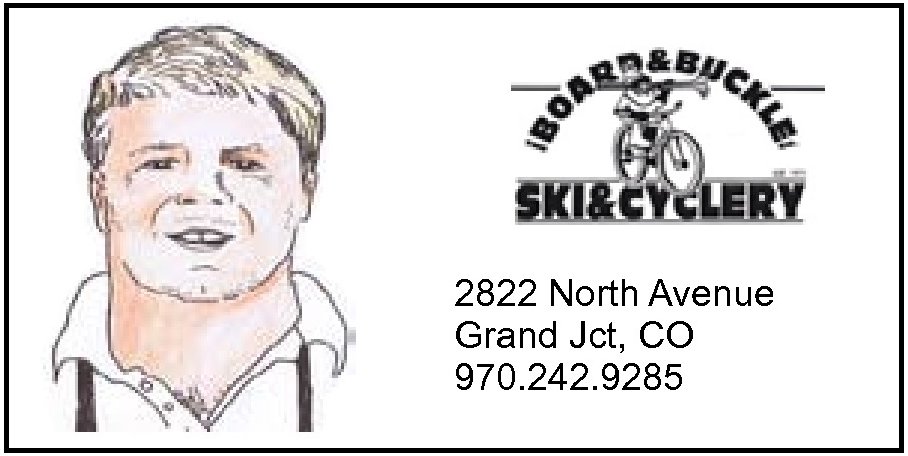
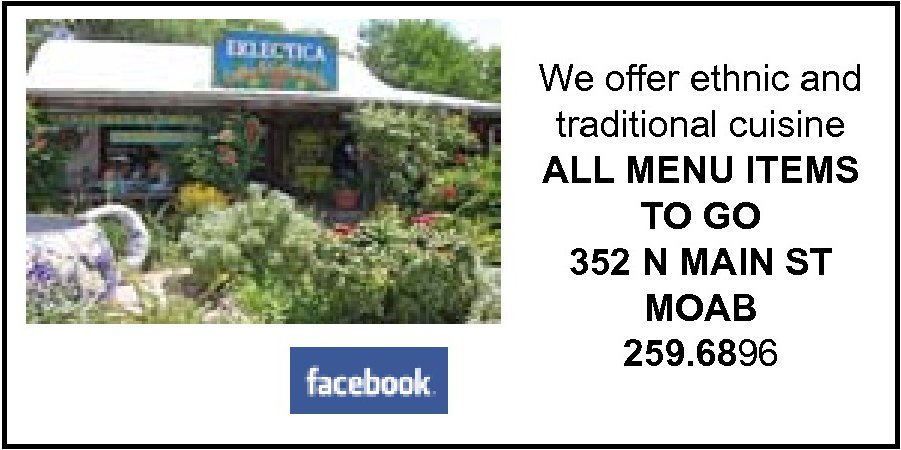
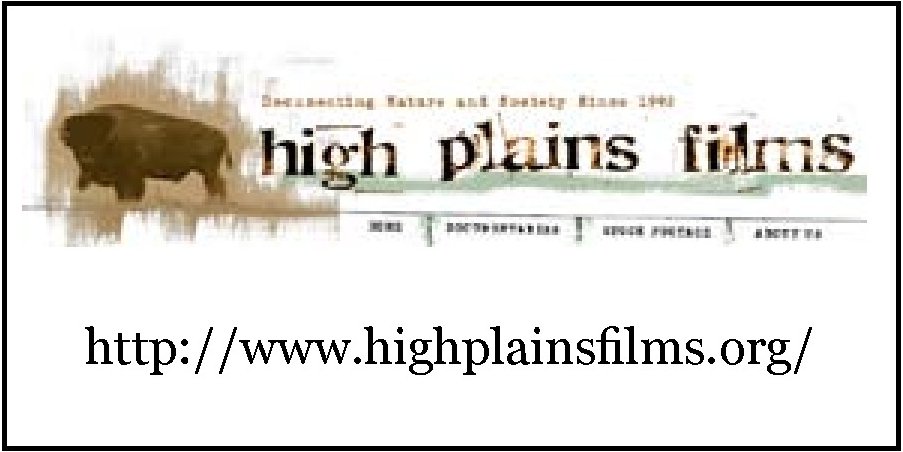

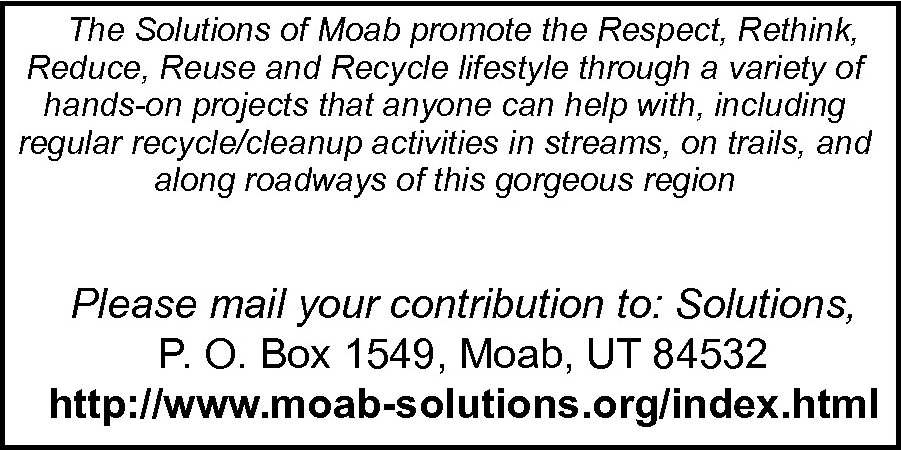
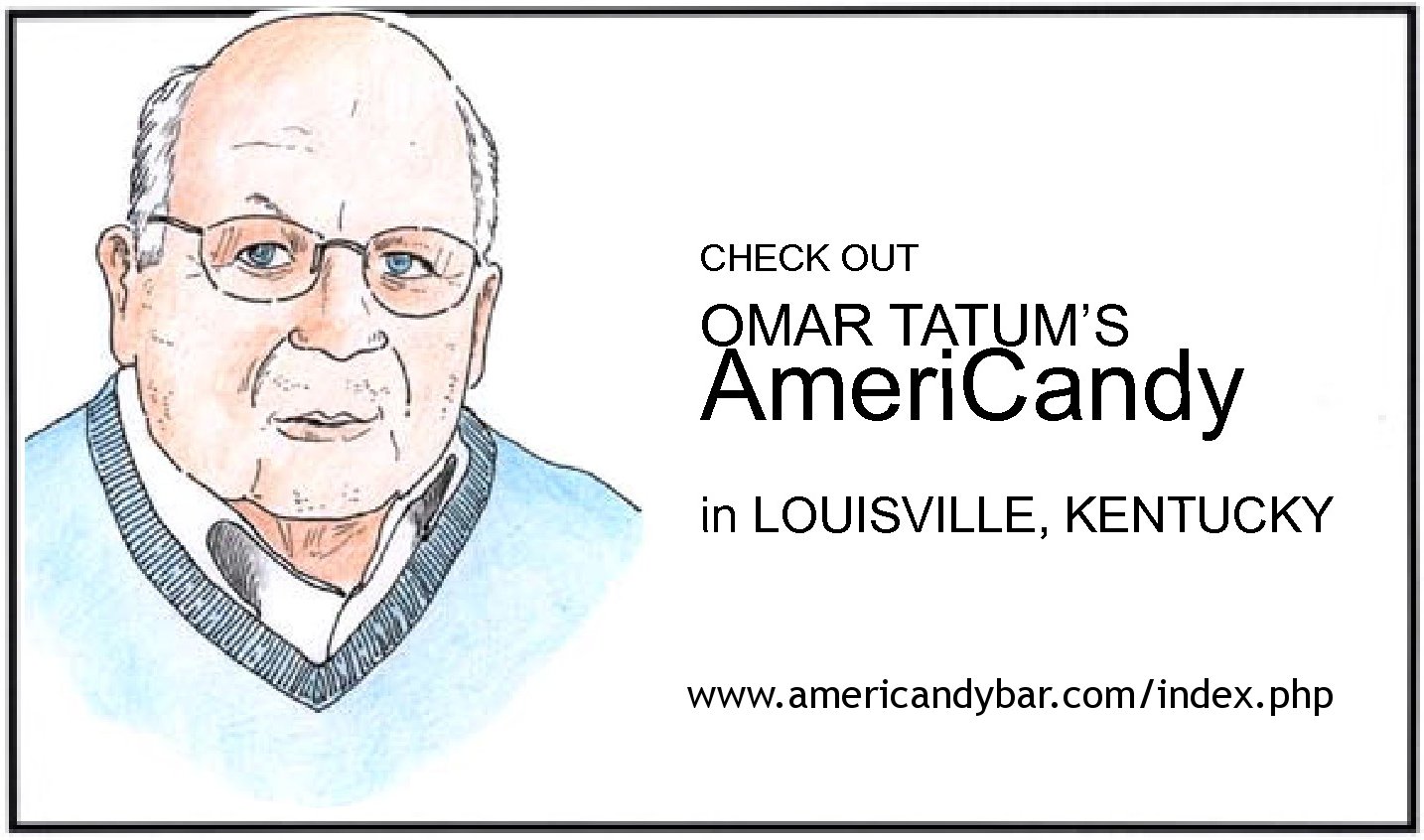

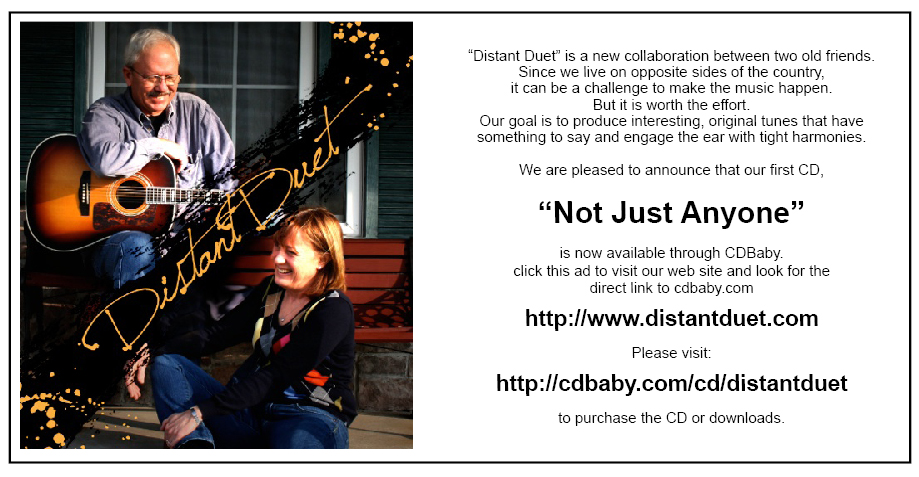
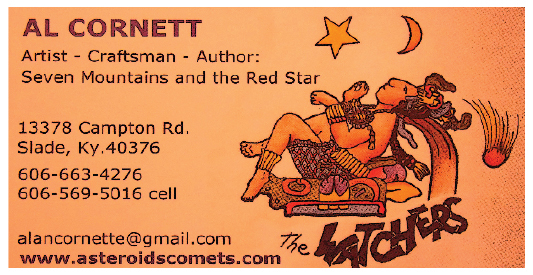
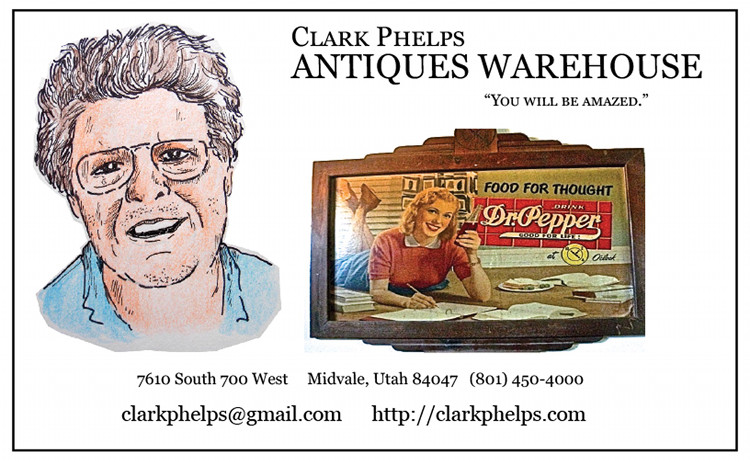
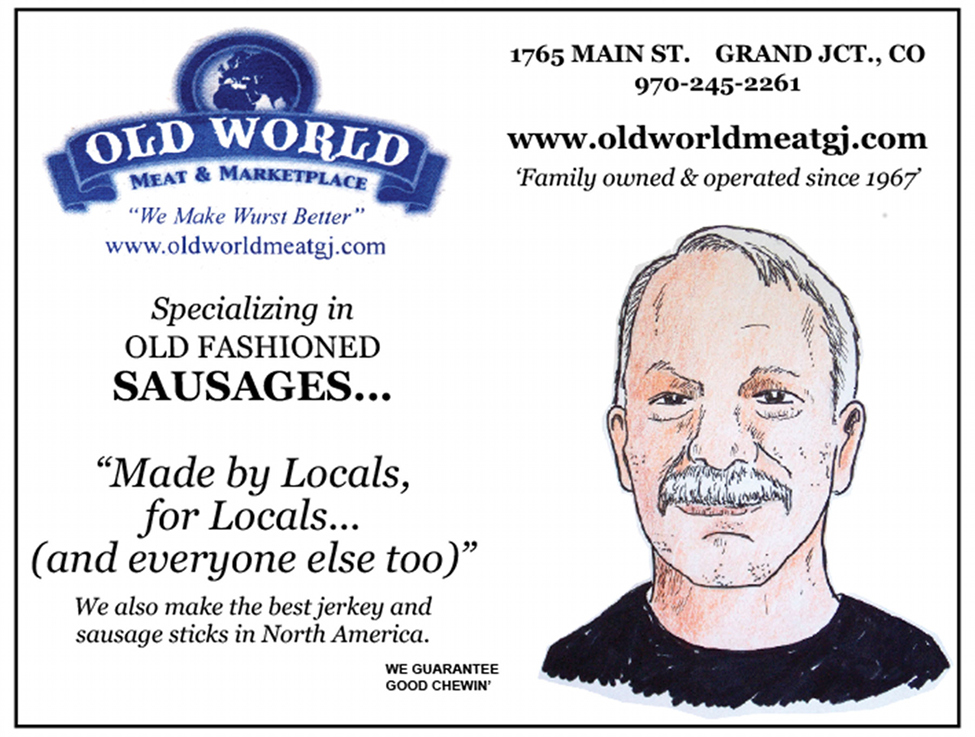
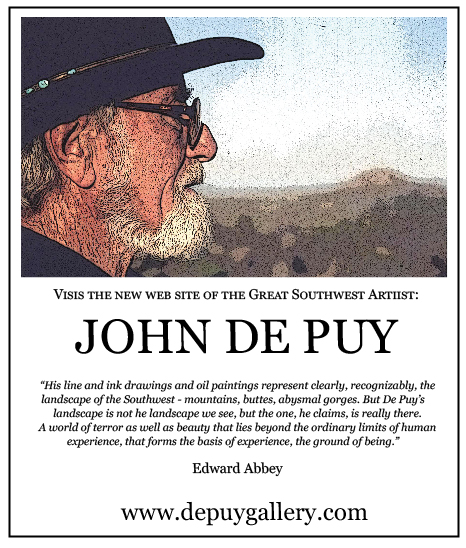

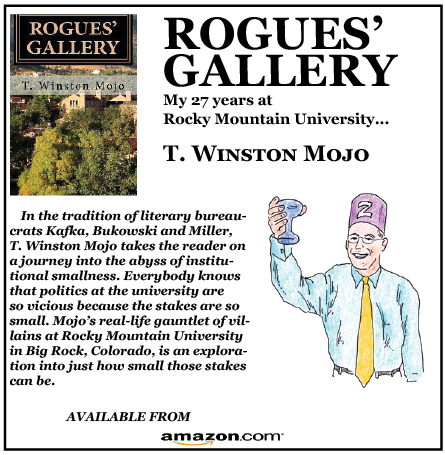
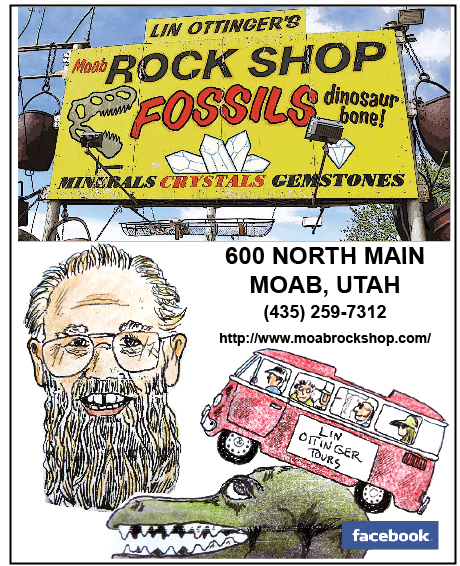
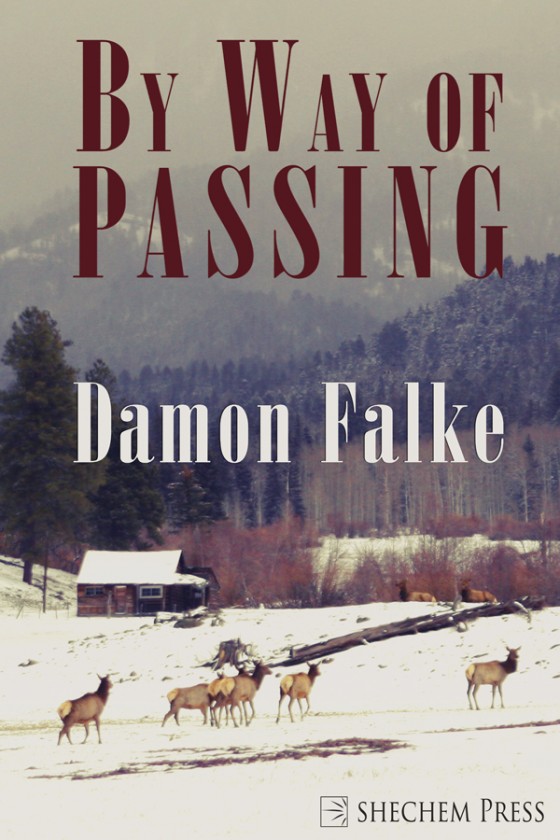
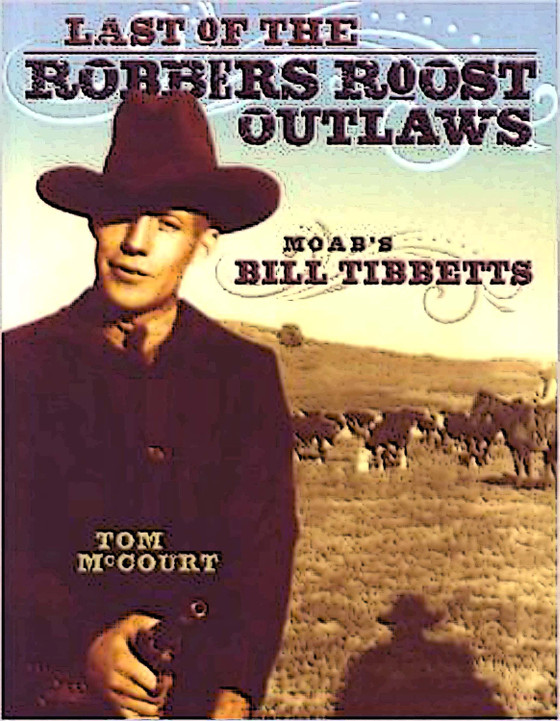
0 Responses
Stay in touch with the conversation, subscribe to the RSS feed for comments on this post.